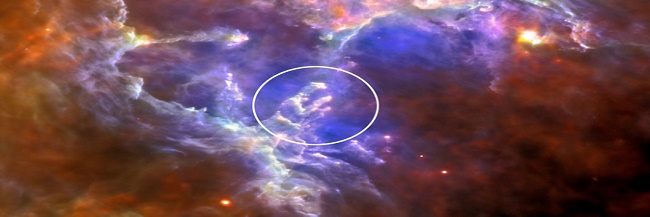Women in Astronomy Part 3 ~ Nancy Grace Roman

The last woman that we are featuring in our three-part series is one that literally changed the way we view the stars (and beyond). Nancy Grace Roman is the “mother” of the Hubble Space Telescope.
Back in Nancy Grace Roman’s day, women were not highly regarded for careers outside of the home and even fewer earned doctorates. However, Roman’s was the exception and not only broke with stereotypical gender roles of the time, but earned herself the title of “first chief of astronomy” at the U.S space agency.
Early Beginnings
Roman’s was born in 1925, in Nashville, Tennessee and is the only child of a teacher and a scientist. It was as a youngster that she developed a great fascination for the stars. According to an interview with Voice of America, Roman’s says;
“My grandmother sent back a letter that mother had written when I was four, saying that my favorite thing to draw was the moon. Certainly by the time I was in seventh grade, I knew I had to have a long education if I wanted to become an astronomer, but I figured I’d try it and if I didn’t get far enough I could always end up teaching in high school or math or physics.”
Although it was a tough road ahead for Roman’s (or any women of the time) she states;
“I still remember asking my high school guidance teacher for permission to take a second year of algebra instead of a fifth year of Latin. She looked down her nose at me and sneered, ‘What lady would take mathematics instead of Latin?’ That was the sort of reception that I got most of the way.”
NASA, edited by SMasonGarrison, Public domain, via Wikimedia Commons
Breaking Down the Stereotypical Walls
Despite the fact that in the eyes of the scientific world, women really had no place in this male-dominated field, Roman’s went on to study science and earn her doctorate in astronomy from the University of Chicago in 1949. From here she spent the next decade teaching and working as a research associate. Albeit a good job, this left Roman’s very dissatisfied, so in 1959 she happily accepted a job at NASA, the U.S. space agency, to set up a program in space astronomy.
This job had her travelling all over the world in pursue of the answer to what the astronomers really wanted. According to her findings, Roman’s states;
“Astronomers had been wanting to get observations from above the atmosphere for a long time. Looking through the atmosphere is somewhat like looking through a piece of old, stained glass; the glass has defects in it, so the image is blurred from that.”
The Making of Hubble
With the task at hand, Roman’s states;
“I set up a committee of astronomers from all over the country, plus some engineers from NASA, to sit down together and decide what we should do, what did the astronomers want to do, what did the engineers think was possible to do, and I led that effort for several years until we had a fairly detailed design of what we thought would make sense.”
Of course, we all know from that brilliant mind came the concept and eventual creation of the Hubble Space Telescope.
Where is Roman Now?
The mother of Hubble retired in 1979, but still feels the need to encourage the next generations of young women to pursue their dreams of reaching the stars, or at least to give science a chance.
“One of the reasons I like working with schools is to try to convince women that they can be scientists and that science can be fun.”
Where would the world of astronomy be without this persistent and brave woman? Hubble has been a treasure when it comes to honing in on those far-away objects and we owe it all to Nancy Grace Roman, a pioneer of her time!
Check out this YouTube video of Nancy Grace giving some of the details of her project.
